Michelangelo Pistoletto Ritratto sigg. Lerre (Portrait of Mr. Lerre) 1962-1987 Silkscreen on mirror polished stainless steel. 125 x 230.1 cm (49 1/5 x 90 3/5 in). Signed, titled and dated 'Michelangelo Pistoletto Ritratto sigg. Lerre 1962-1987' on the reverse.
Provenance Acquired directly from the artist Catalogue Essay Pistoletto's Quadri specchianti, or mirror paintings, of the 1960s express Pistoletto's belief in art as a mediator, rather than originator, of thought and experience, while his actions of the later 1960s showed his determination to involve people and the spaces of everyday life in art. Nevertheless, a sense of the historical impact of centuries of Italian artistic tradition is often felt in Pistoletto's work. The artist grew up surrounded by Renaissance and Baroque art; his father was a picture restorer and, as a young adult, Pistoletto assisted him. Ritratto sigg. Lerre is a typical example of the mirror paintings. It comprises a mirrored surface made of highly polished steel. A life-sized image of two men wearing suits and appearing in partial profile has been attached to the mirror. Pistoletto began making mirror paintings in 1961, which over time have become his signature works. In the first examples, he used cut-out images of people painted onto tissue paper and applied to sheets of stainless steel that had been given a mirrored finish. In 1962 he started to use photographs of friends and relatives taken by a professional photographer. These he enlarged and copied onto tracing paper in black and white. During the 1970s, Pistoletto perfected a silkscreen process based upon a manual four-colour printing method. The mirror paintings seem to play on the trope of painting-as-window that has its origins in the Renaissance, and may also be seen to evoke illusionistic conceits of the period. The mirror works can be seen also in relation to Pistoletto's interest in performance art, which developed first in the mid-1960s with solo performances, and crystallised in the group The Zoo which the artist founded in 1967 with his partner, Maria Pioppi, and collaborators from a range of artistic disciplines. Underpinning the group's aims was the wish to include audiences in the performances. Between 1968 and 1970, Pistoletto carried out a series of theatrical events – conceived of as ‘creative collaborations' and as a form of communication – in galleries and theatres, but also in less conventional spaces, including streets, squares, bars and discotheques. The figures in the mirror paintings are generally shown with their backs to the viewer or appear in partial profile, as in Ritratto sigg. Lerre. However, the potential presence of the spectator's reflection within the frame urges an active engagement between the viewer and the image, and may even create the impression of a face-to-face encounter. Pistoletto's mirror paintings create possibilities for infinite multiplication and division of the image. However, the figures are not unchanging absolutes: their clothing and hairstyles necessarily have certain historical resonances. Read More
Michelangelo Pistoletto Ritratto sigg. Lerre (Portrait of Mr. Lerre) 1962-1987 Silkscreen on mirror polished stainless steel. 125 x 230.1 cm (49 1/5 x 90 3/5 in). Signed, titled and dated 'Michelangelo Pistoletto Ritratto sigg. Lerre 1962-1987' on the reverse.
Provenance Acquired directly from the artist Catalogue Essay Pistoletto's Quadri specchianti, or mirror paintings, of the 1960s express Pistoletto's belief in art as a mediator, rather than originator, of thought and experience, while his actions of the later 1960s showed his determination to involve people and the spaces of everyday life in art. Nevertheless, a sense of the historical impact of centuries of Italian artistic tradition is often felt in Pistoletto's work. The artist grew up surrounded by Renaissance and Baroque art; his father was a picture restorer and, as a young adult, Pistoletto assisted him. Ritratto sigg. Lerre is a typical example of the mirror paintings. It comprises a mirrored surface made of highly polished steel. A life-sized image of two men wearing suits and appearing in partial profile has been attached to the mirror. Pistoletto began making mirror paintings in 1961, which over time have become his signature works. In the first examples, he used cut-out images of people painted onto tissue paper and applied to sheets of stainless steel that had been given a mirrored finish. In 1962 he started to use photographs of friends and relatives taken by a professional photographer. These he enlarged and copied onto tracing paper in black and white. During the 1970s, Pistoletto perfected a silkscreen process based upon a manual four-colour printing method. The mirror paintings seem to play on the trope of painting-as-window that has its origins in the Renaissance, and may also be seen to evoke illusionistic conceits of the period. The mirror works can be seen also in relation to Pistoletto's interest in performance art, which developed first in the mid-1960s with solo performances, and crystallised in the group The Zoo which the artist founded in 1967 with his partner, Maria Pioppi, and collaborators from a range of artistic disciplines. Underpinning the group's aims was the wish to include audiences in the performances. Between 1968 and 1970, Pistoletto carried out a series of theatrical events – conceived of as ‘creative collaborations' and as a form of communication – in galleries and theatres, but also in less conventional spaces, including streets, squares, bars and discotheques. The figures in the mirror paintings are generally shown with their backs to the viewer or appear in partial profile, as in Ritratto sigg. Lerre. However, the potential presence of the spectator's reflection within the frame urges an active engagement between the viewer and the image, and may even create the impression of a face-to-face encounter. Pistoletto's mirror paintings create possibilities for infinite multiplication and division of the image. However, the figures are not unchanging absolutes: their clothing and hairstyles necessarily have certain historical resonances. Read More
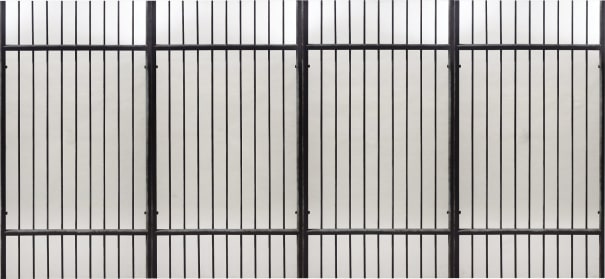
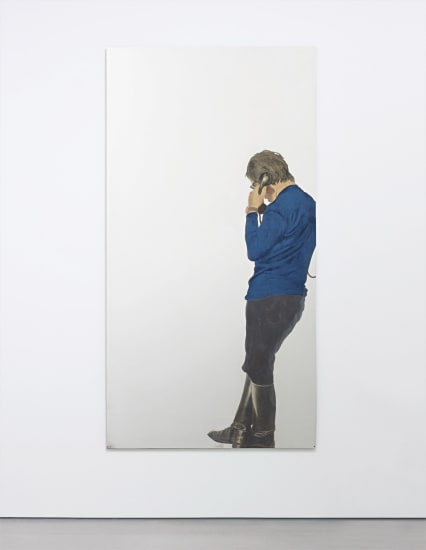
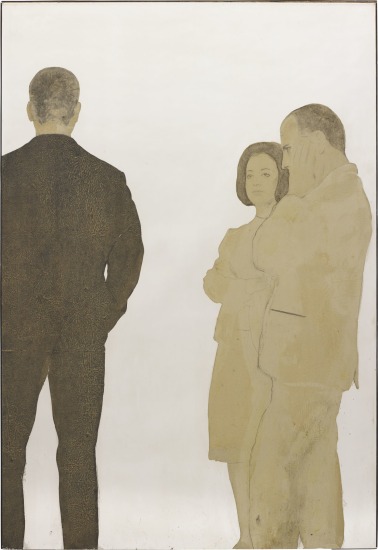
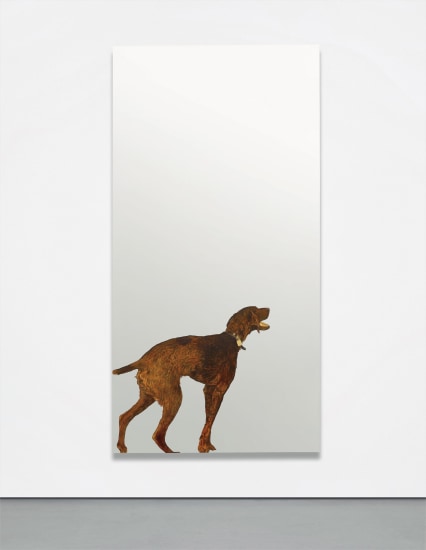


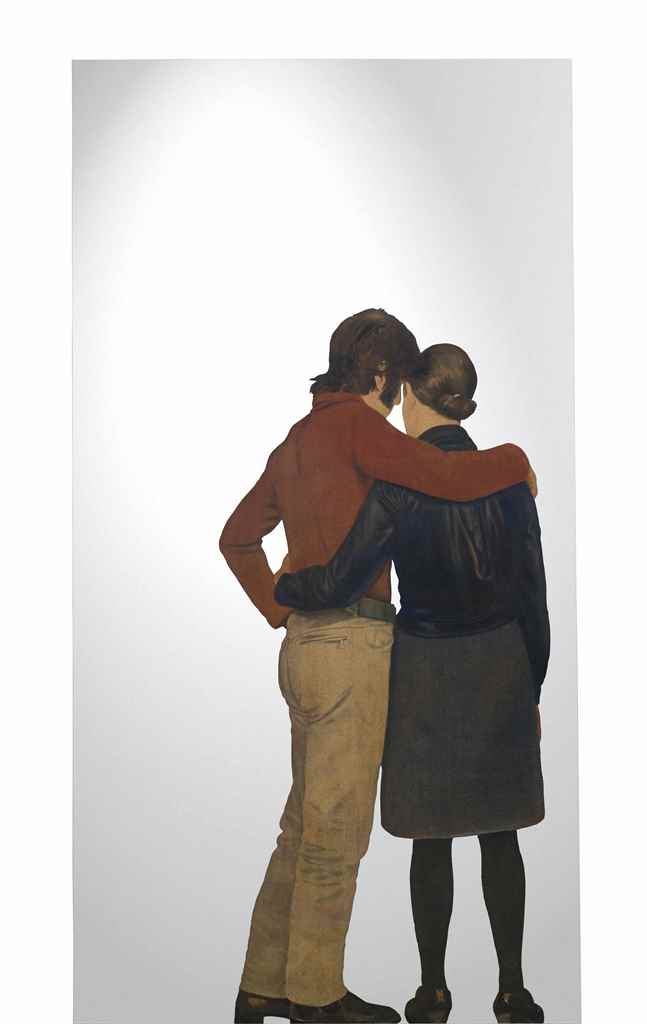
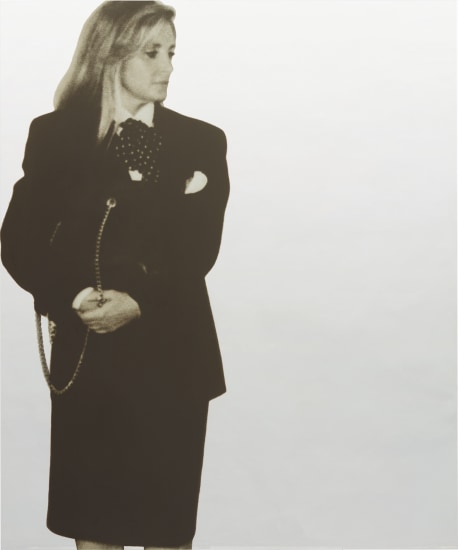

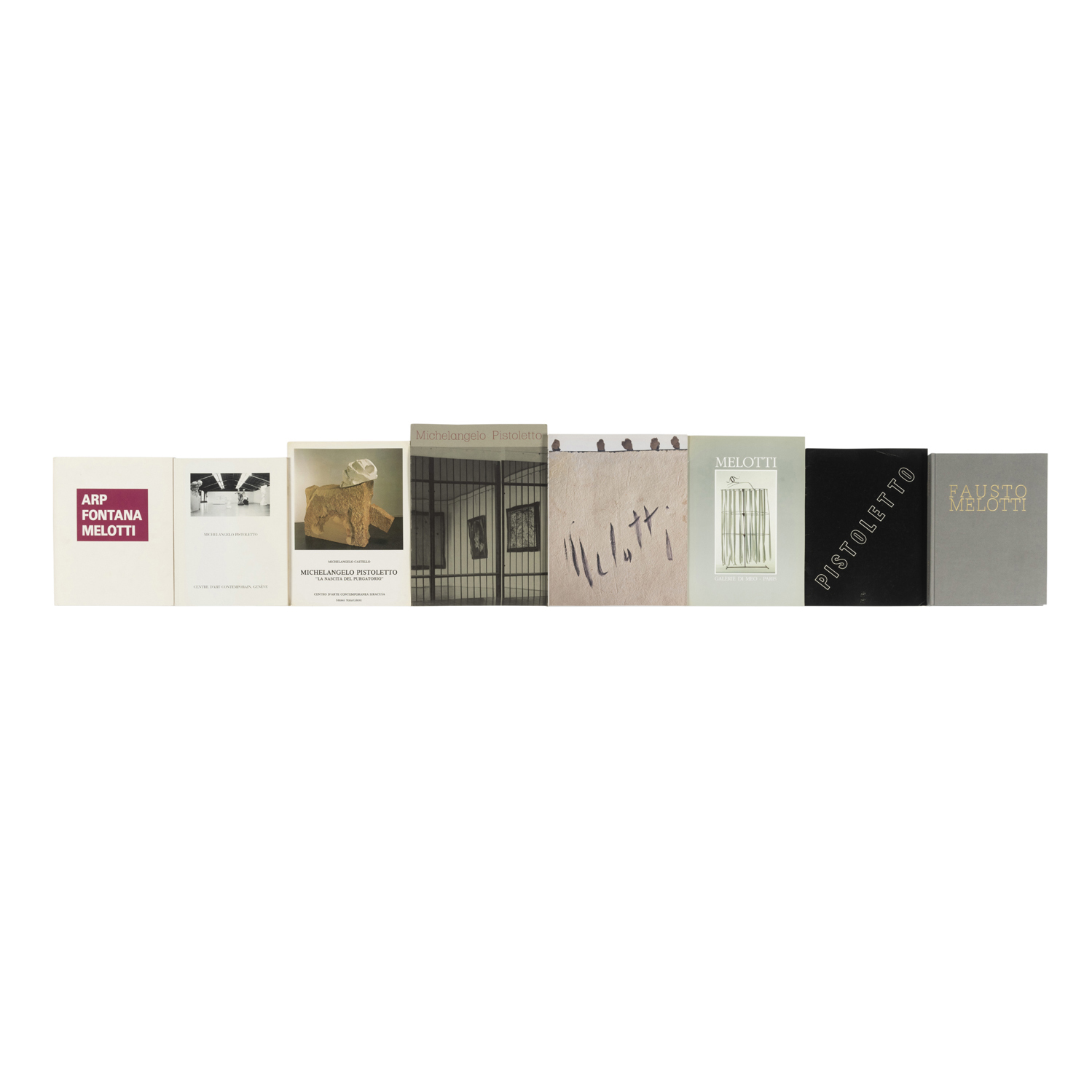




Testen Sie LotSearch und seine Premium-Features 7 Tage - ohne Kosten!
Lassen Sie sich automatisch über neue Objekte in kommenden Auktionen benachrichtigen.
Suchauftrag anlegen